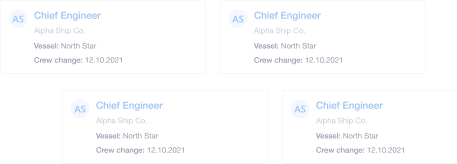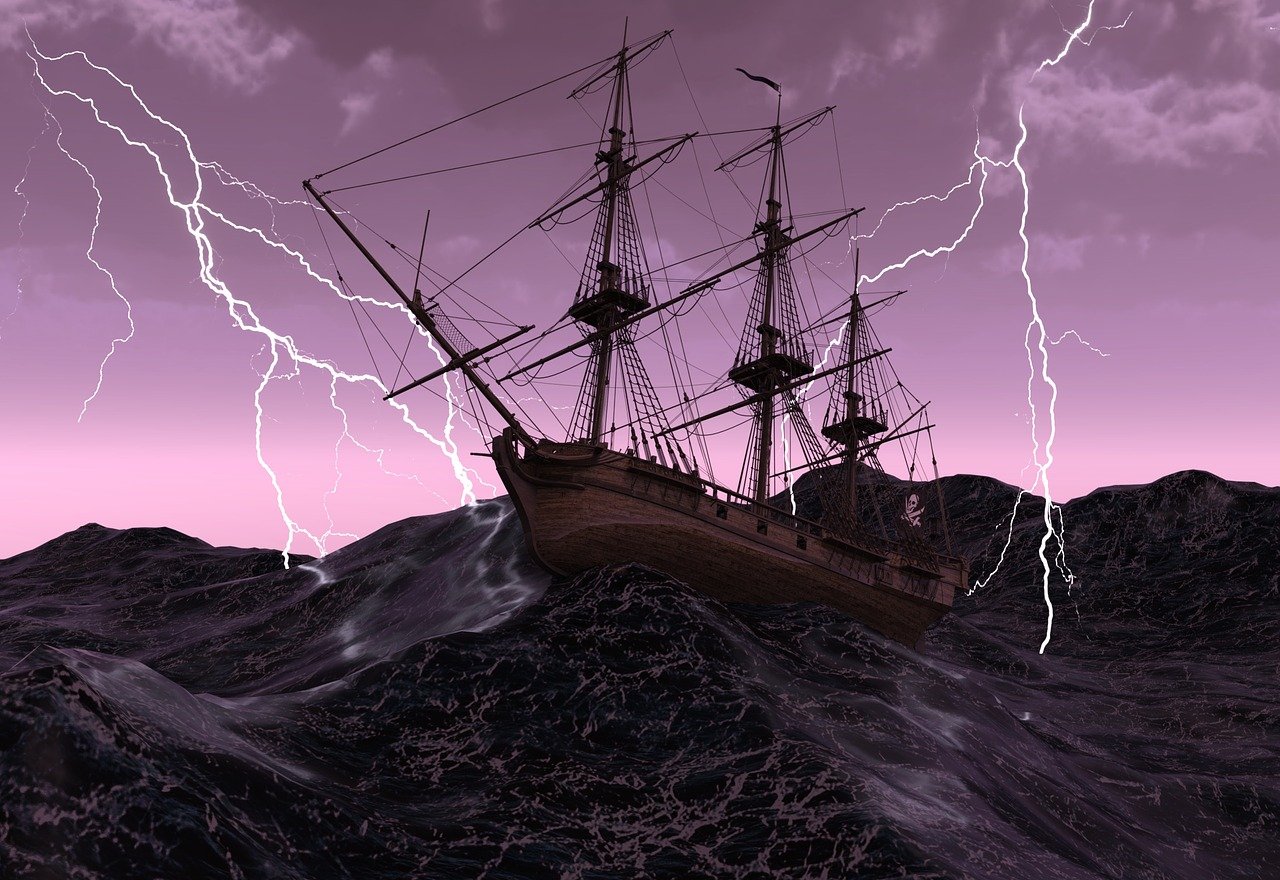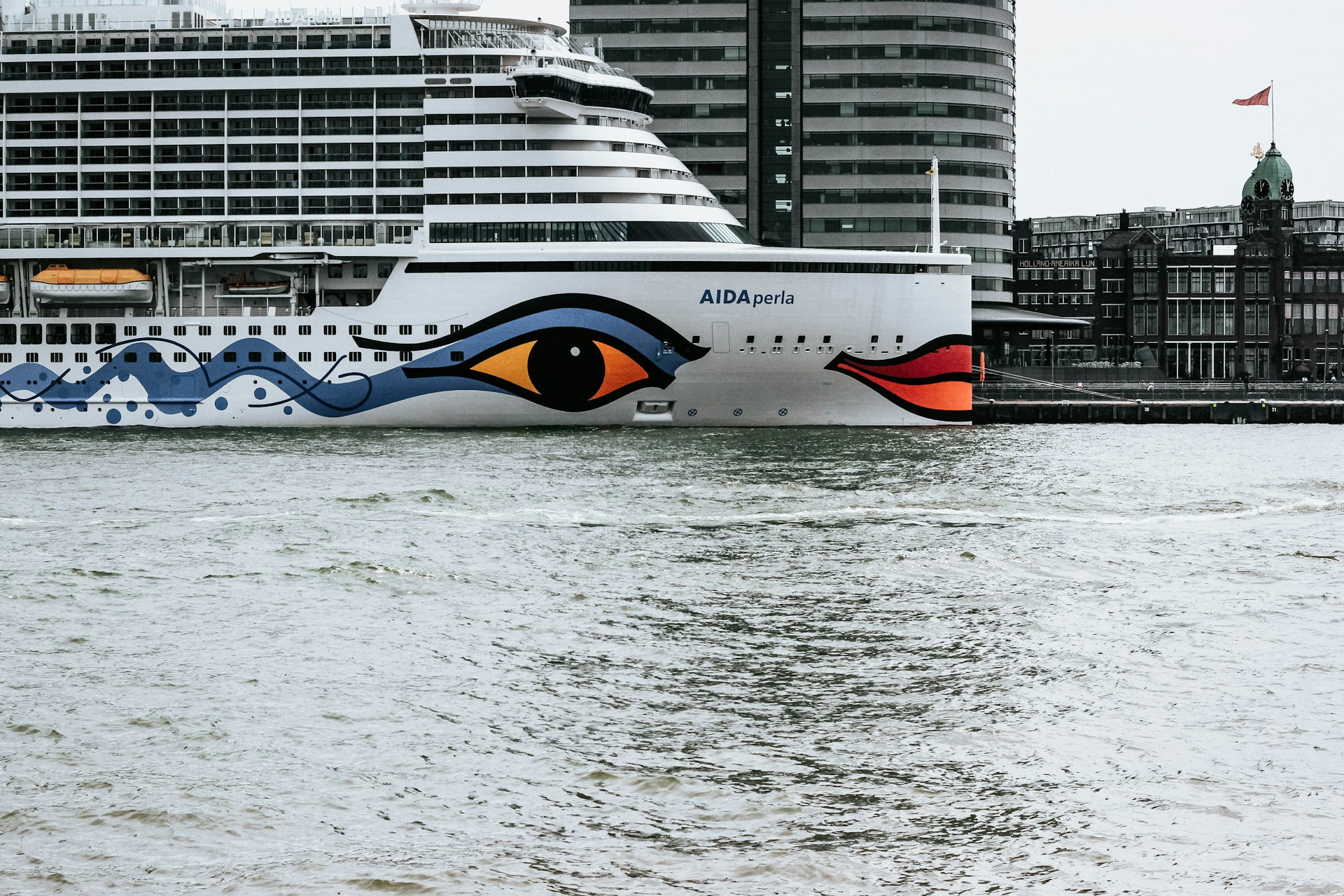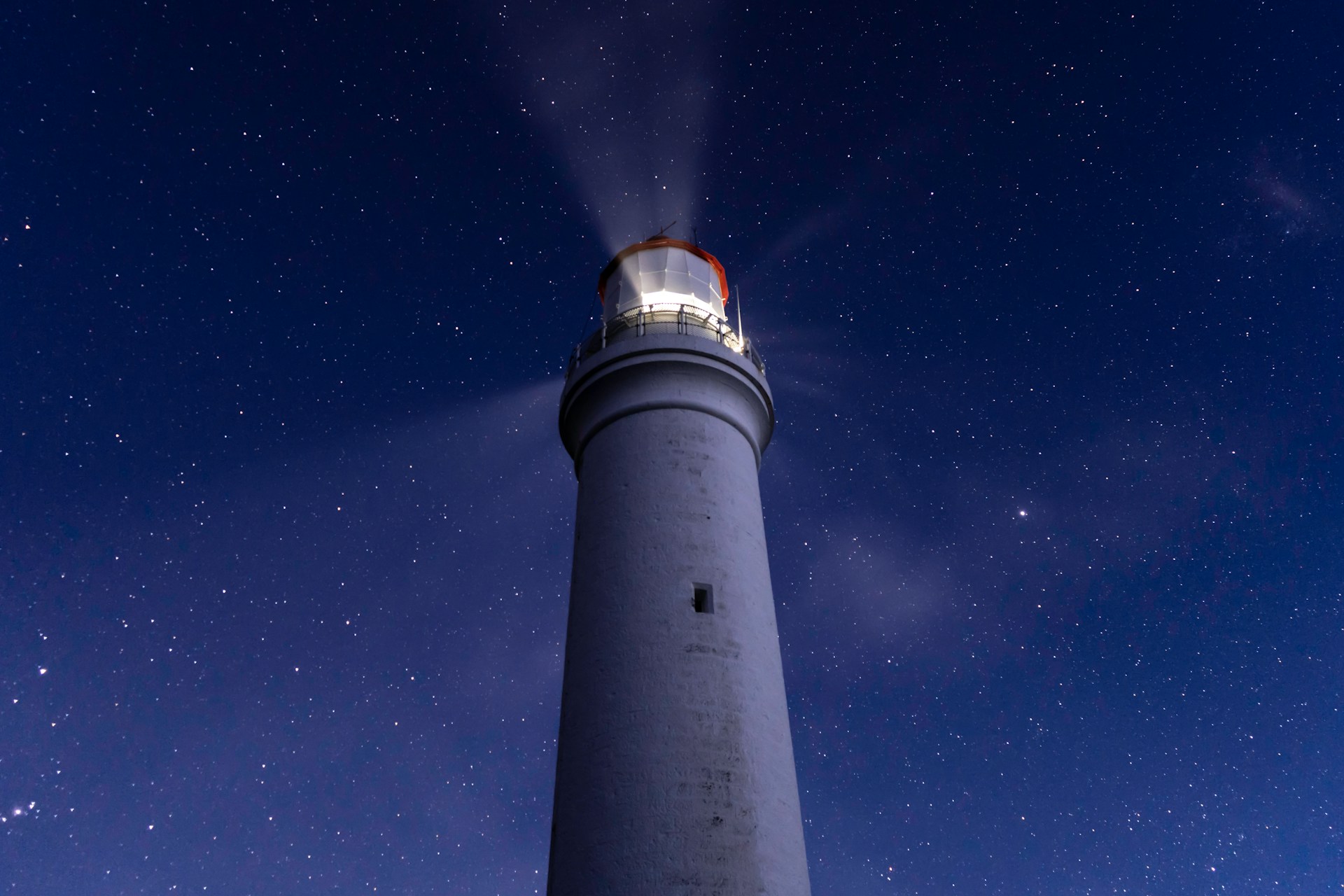Because today is the spookiest day of the year, AKA Halloween, we thought that for today’s blog post, there would be no better topic to write about than ghost ships. Honestly, we’re shocked we didn’t think of it in previous years!
As well as a place of work, the ocean, vast and enigmatic, has always been a source of fascination and mystery. Among the tales of the deep, few are as captivating as those of ghost ships - vessels found adrift with no crew on board, seemingly abandoned without explanation.
These eerie occurrences have sparked countless legends, blending the line between fact and fiction, and indeed, ghost ships can be both real and fictional. But what exactly are ghost ships, and what stories from history stand out as particularly chilling examples?
What are ghost ships?
Ghost ships, also known as phantom ships, are vessels discovered at sea without any living crew aboard. They may be found floating aimlessly, anchored, or even wrecked on shore. The term can also refer to ships that have disappeared without a trace or those that are said to haunt specific locations, often surrounded by myths of supernatural phenomena.
Read more: 13 (Unlucky for Some!) Sailors' Superstitions
These ships evoke a sense of unease and curiosity, as they often appear in good condition with no obvious signs of distress, leaving investigators to wonder what could have led to their abandonment. Theories range from mutiny and piracy to more supernatural explanations involving curses or paranormal events.
Famous ghost ships and their stories
Now let’s take a deep dive (pun intended) into some famous ghost ships and their histories. You might have heard of some of these, but maybe a couple will be unknown to you.

The Mary Celeste
Perhaps the most famous ghost ship of all time is the Mary Celeste. This American brigantine was discovered on December 4, 1872, in the Atlantic Ocean, drifting without a crew. The ship was found in near-perfect condition, with its cargo mostly intact, and enough provisions to last for six months. However, the crew of ten, including the captain, his wife, and their daughter, were nowhere to be found.
The Mary Celeste had set sail from New York City and was bound for Genoa, Italy, carrying a cargo of denatured alcohol. When the ship was found, there were no signs of a struggle or foul play. The ship's lifeboat was missing, suggesting that the crew may have abandoned ship, but why they did so remains a mystery.
Over the years, numerous theories have been proposed, including a sudden seaquake, fear of an alcohol explosion, or even piracy. However, none of these explanations fully account for the strange and complete disappearance of the crew, leaving the fate of the Mary Celeste shrouded in mystery.
The SS Baychimo
Another intriguing case is that of the SS Baychimo, a steel-hulled cargo steamer that was to become an infamous ghost ship in the Arctic. The vessel was owned by the Hudson's Bay Company and used for trade along the northwest coast of Canada.
In October 1931, the Baychimo became trapped in pack ice near Alaska. After multiple attempts to free the ship failed, the crew was evacuated and taken to safety. However, when a severe blizzard hit the area, the ship broke free from the ice and drifted away. The crew eventually lost sight of the ship, which was assumed to have sunk.
Surprisingly, the Baychimo was spotted numerous times over the next several decades, drifting aimlessly through Arctic waters, often in locations far from where it had originally been abandoned. Despite numerous efforts to salvage the ship, it was never successfully recovered, earning its reputation as a ghost ship. The last reported sighting was in 1969, nearly 38 years after it was left to the mercy of the Arctic.
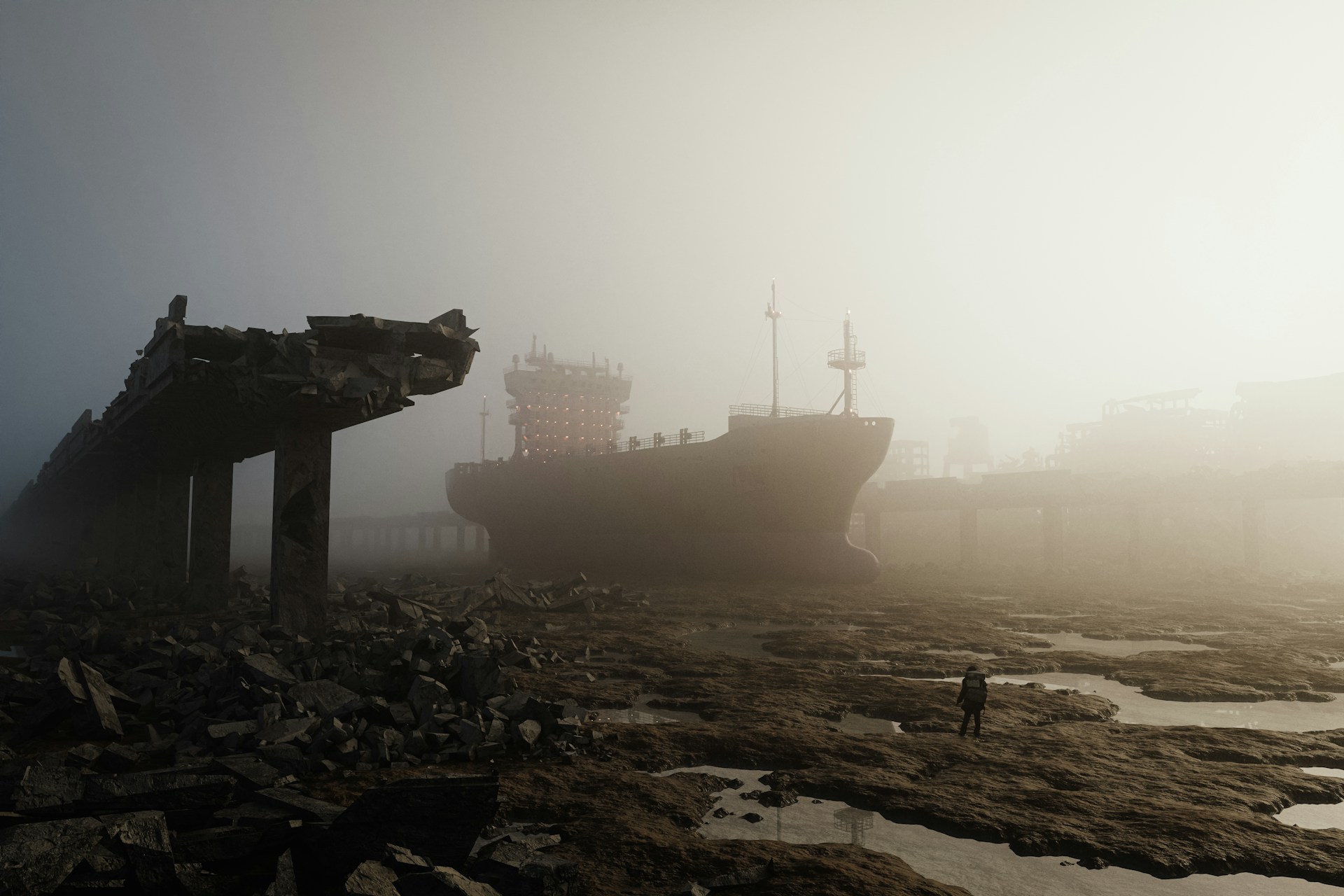
The Octavius
The tale of the Octavius is perhaps one of the most chilling of all the ghost ship legends. According to the story, the Octavius was a whaling ship that became trapped in ice while attempting to traverse the Northwest Passage in the late 18th century. The ship was found adrift off the coast of Greenland in 1775 by a whaler, the Herald.
When the crew of the Herald boarded the Octavius, they found a gruesome sight - the entire crew had perished, apparently frozen in place. The captain was found seated at his desk, pen in hand, with a log entry dated 1762, indicating that the ship had been trapped in the ice for 13 years. The Octavius had completed its journey through the Northwest Passage, but at a terrible cost.
The authenticity of the Octavius story is debated, and it may be more legend than fact. However, it remains one of the most haunting ghost ship tales, and is a symbol of the perilous nature of Arctic exploration and the unforgiving environment that claimed so many lives.
The Flying Dutchman
No discussion of ghost ships would be complete without mentioning the legendary Flying Dutchman. Unlike our other ghost ships, the Flying Dutchman is a purely mythical ship, said to be cursed to sail the oceans forever, never able to make port. The legend originates from 17th-century maritime folklore and has been immortalized in literature, opera, and popular culture.
Read more: 15 Iconic Lighthouses Across the Globe You Must Visit
According to stories, the Flying Dutchman was captained by a Dutchman named Van der Decken, who refused to turn back during a storm while rounding the Cape of Good Hope. In defiance of God and nature, he swore that he would complete his journey, no matter what. As a result, the ship was cursed, and it and its crew were doomed to sail the seas for eternity.
Sightings of the Flying Dutchman have been reported over the centuries, with sailors claiming to see a ghostly ship glowing with an eerie light, often interpreted as a bad omen. The legend of the Flying Dutchman has become one of the most enduring and captivating ghost ship stories, symbolizing hubris, defiance, and the supernatural.

How and why vessels become ghost ships
The reasons behind ships becoming ghost ships are varied and often shrouded in mystery. It might be tempting to favor supernatural explanations and ghost ships have often been linked to paranormal activities, curses, or even sea monsters.
But while these explanations are speculative, they do contribute to the enduring mystique of ghost ship legends. However, leaving those aside, there are some factual explanations which are less fanciful but more steeped in fact. These include:
Natural disasters: Sudden storms, rogue waves, and other natural phenomena can force a crew to abandon ship, especially if they believe the vessel is in immediate danger. In such cases, the ship might survive, but the crew, having hastily departed, is never seen again.
Piracy and mutiny: In some historical cases, ships have been found abandoned after incidents of piracy or mutiny. The crew may have been killed, taken captive, or forced to abandon the ship, leaving it to drift.
Mechanical failure: Ships that suffer mechanical failures, such as a broken rudder or engine problems, can become adrift, and if the crew is unable to fix the issue, they may abandon the vessel in search of rescue.
Psychological factors: In some cases, the fear of impending disaster or the stress of isolation at sea may drive a crew to abandon ship prematurely. This could explain some ghost ships where the vessel was found to be in relatively good condition.
Ghost ships continue to capture the imagination of seafarers and storytellers alike. Whether rooted in fact or embellished by folklore, these mysterious vessels remind us of the vast, unpredictable power of the sea and the dangers that lurk within its depths.
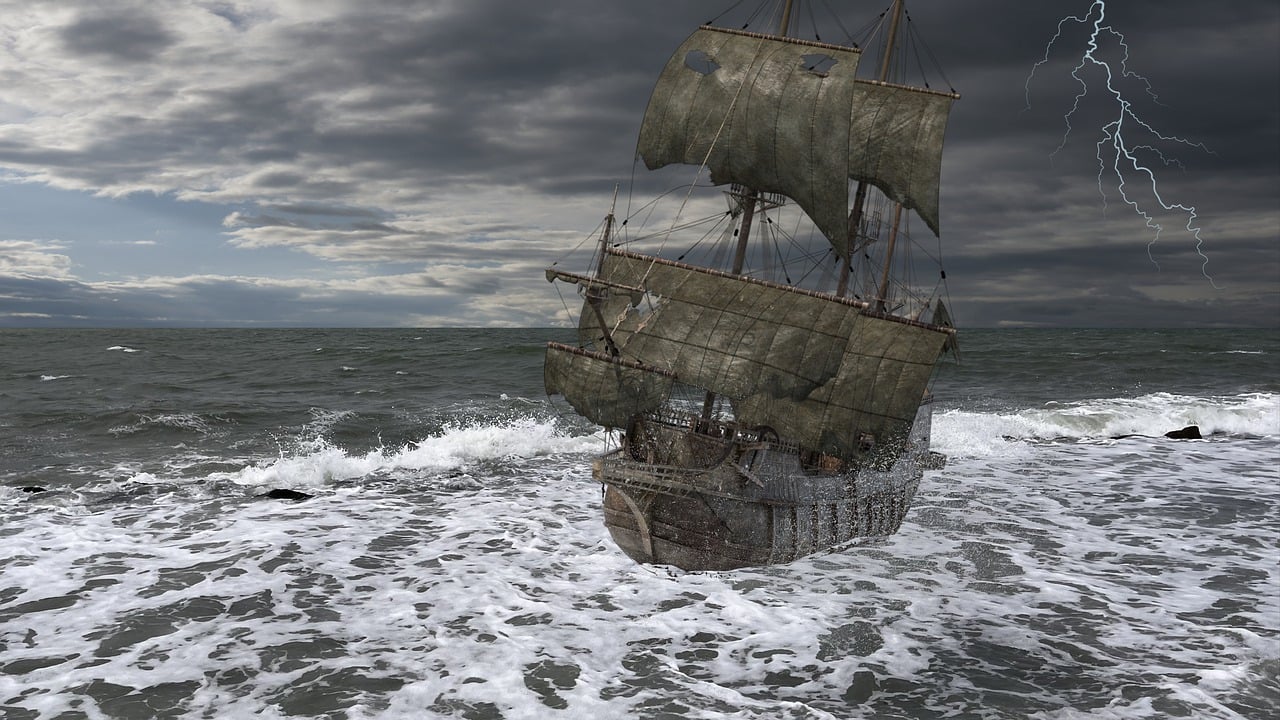
From the abandoned decks of the Mary Celeste to the spectral sightings of the Flying Dutchman, ghost ships serve as haunting symbols of the unknown, leaving us to wonder what truly happened to those who once sailed them.
For more interesting nautical blog posts as well as maritime jobs on commercial vessels (no ghost ships, we promise!), follow Martide on Facebook, LinkedIn and Twitter/X.

Eve Church
Eve is Martide's content writer, publishing regular posts on everything from our maritime recruitment and crew planning software to life at sea. Eve has been writing professionally for more than two decades, crafting everything from SEO-focused blog posts and website landing pages to magazine articles and corporate whitepapers.
UK
